Loughborough, c.1955
Photo ref:
L197060X


More about this scene
Towards the north-west lies the mound of Beacon Hill. The earliest origins of Loughborough may be here. No one can truly say when man first settled in this area, but there was certainly an Iron Age settlement at Beacon Hill c400 BC. Even today, when the bracken on the Beacon dies down in the autumn, the terraces tilled by farmers of long ago can still be seen. Iron Age smiths forged tools and weapons here. Corn was ground in stone 'querns' made from the rock to be found at nearby Quorndon, a name meaning 'hill of the querns'. Industry, technology, commerce and agriculture all came early to this area and found a home here. The oldest rocks in Britain have been found locally. The very name Charnwood comes from 'caern', the Celtic for 'rock'. The river valley of the Soar lies to the south of Loughborough. Water, and waterpower, have played important roles in the founding and development of Loughborough. Northwards the ground rises a little towards Burleigh. Did the Romans ever find their way to this corner of Leicestershire? As yet, there are clues but no conclusive evidence of Roman occupation. When the Romans left Britain, the Saxons arrived. They were experts at 'reading' the landscape to discover the best places to settle. That skill was essential because the survival of the whole group depended on it. The first essentials were water and a place which could be defended against enemies. The Saxons found both at Loughborough. Gravel deposits meant the existence of clean, fresh water. Rising ground gave a lookout and a natural fortress. The alarm could be sounded from Toot Hill if enemies were sighted.
Add to Album
You must be signed in to save to an album
Sign inShare This Photo
Buy a Print
Unframed, Mounted, Framed and Canvas prints in a range of sizes and styles.
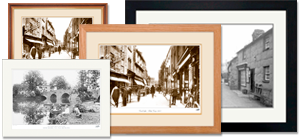
View Sizes & Prices
A Selection of Memories from Loughborough
For many years now, we've been inviting visitors to our website to add their own memories to share their experiences of life as it was, prompted by the photographs in our archive. Here are some from Loughborough
Sparked a Memory for you?
If this has sparked a memory, why not share it here?



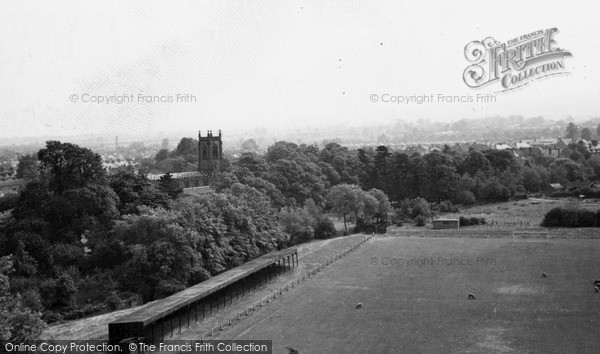
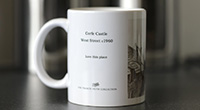
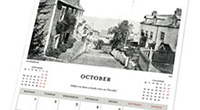
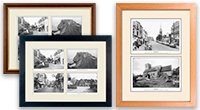
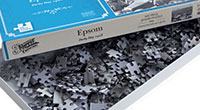
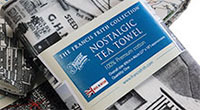
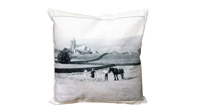
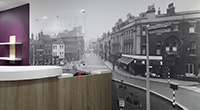
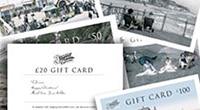
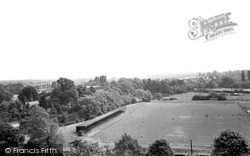
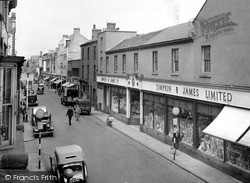
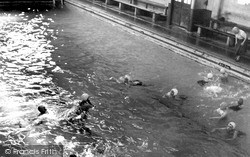
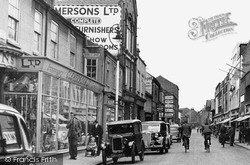
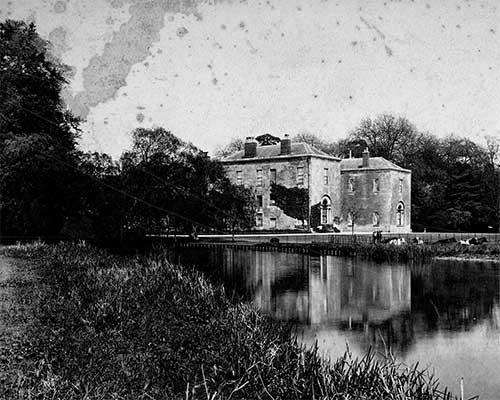 Before
Before
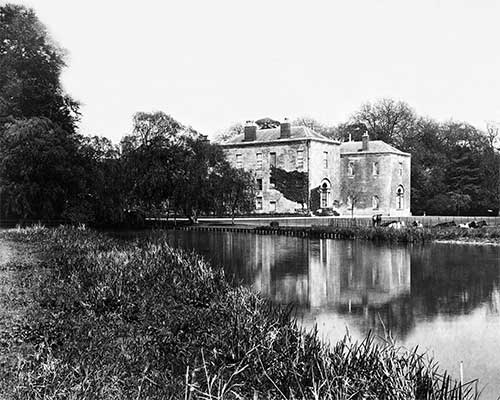 After
After